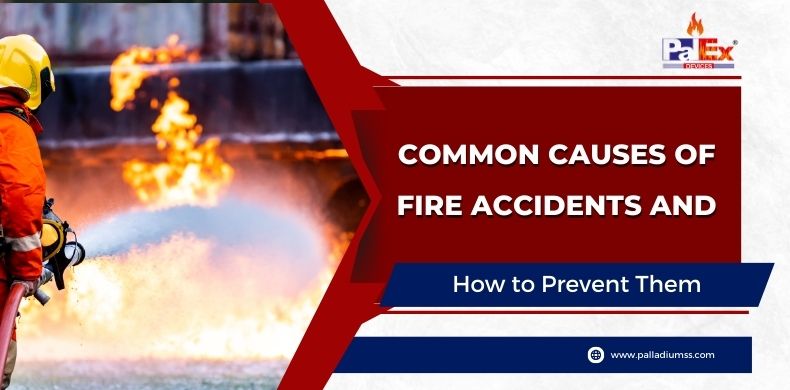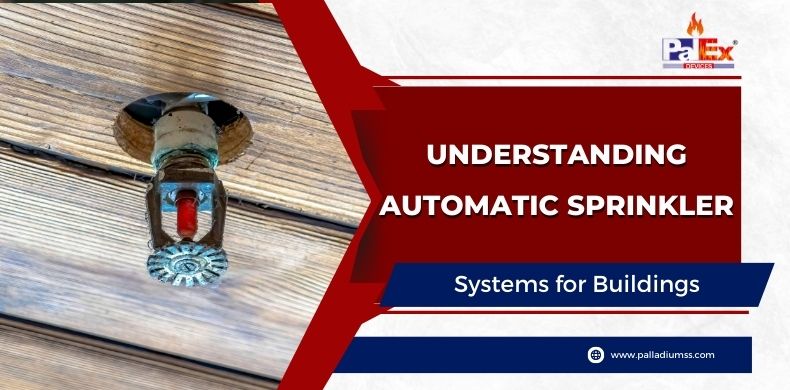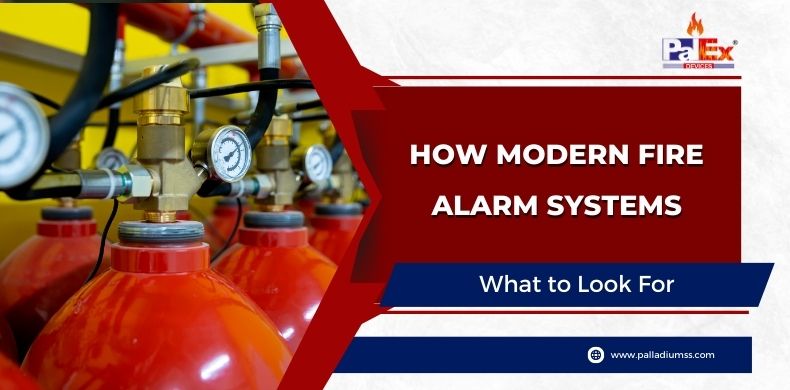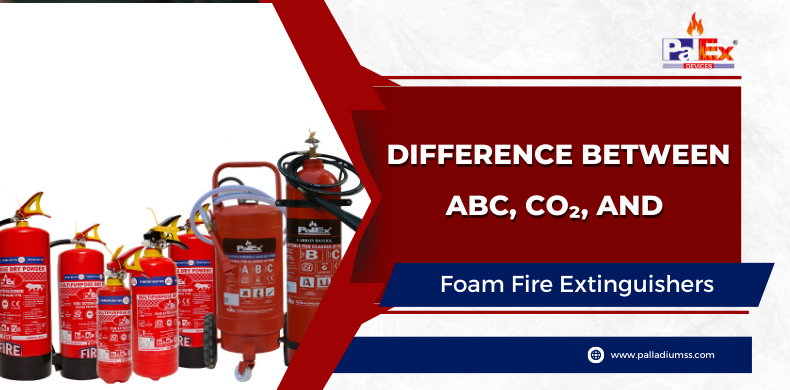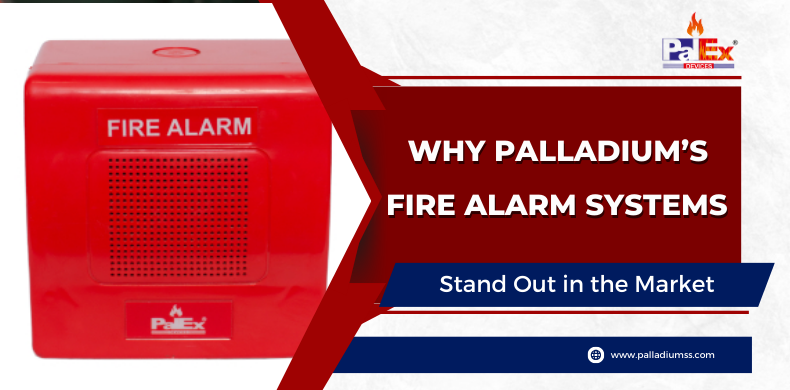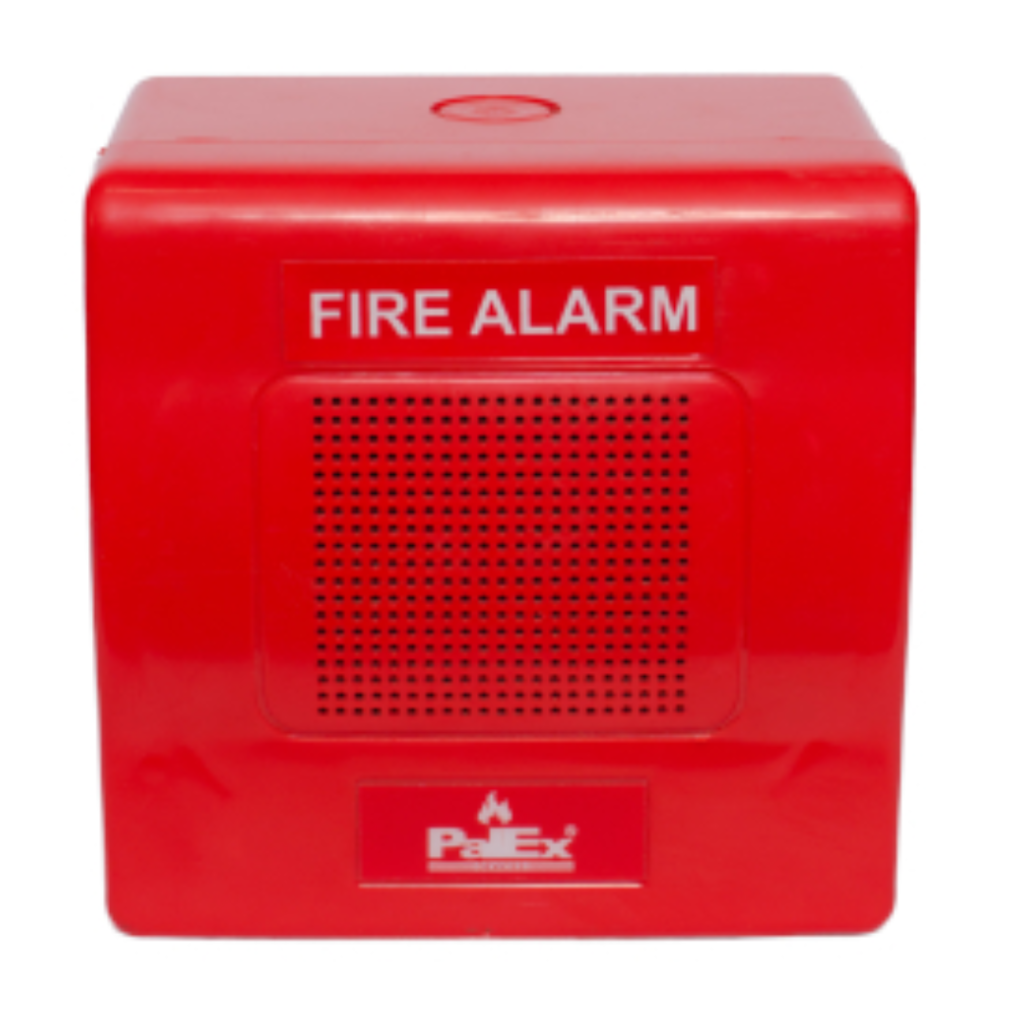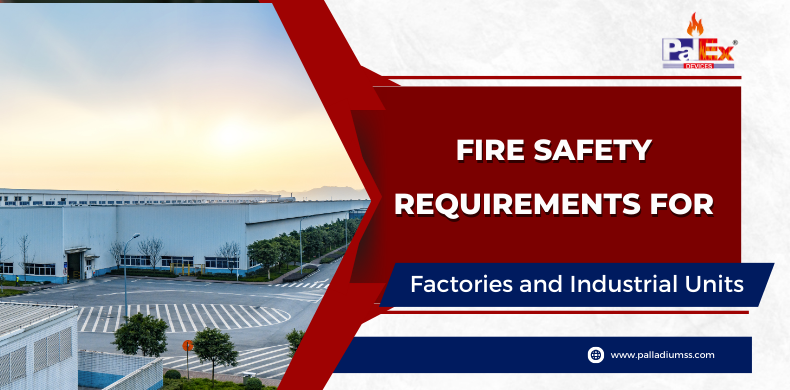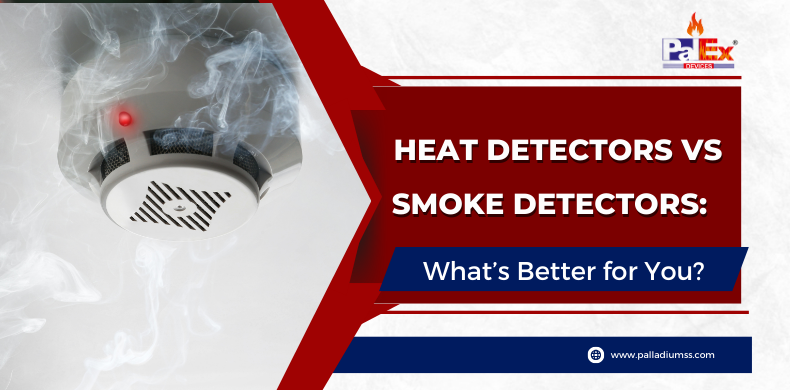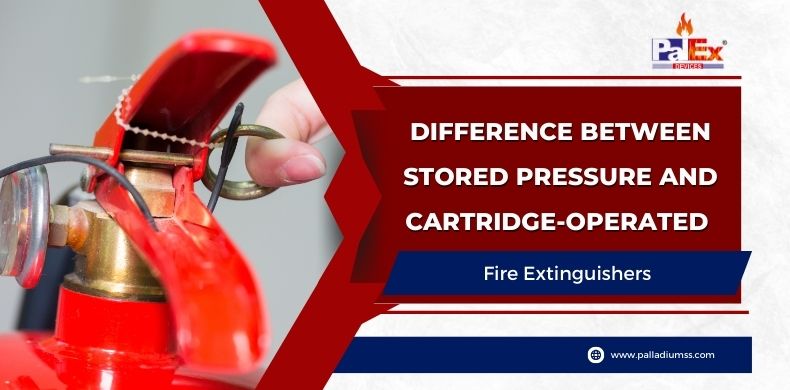Fire accidents don’t just “happen.”
Most of the time, they start from small mistakes—something overheats, someone forgets to turn something off, or a wire sparks quietly in the corner. And before anyone realizes it, a small flame grows into a dangerous fire.
The good news?
Most fire accidents are completely preventable if we understand their causes and take simple precautions.
Let’s talk about the most common reasons fires start, and what you can do to stop them.
Simple English, real-life examples, and practical tips you can use today.
Electrical Short Circuits
This is one of the biggest causes of fires in homes, offices, shops, and factories.
Short circuits happen when:
- Wires are damaged
- Electricity overloads a circuit
- Loose connections spark
- Old wiring wears out
You may even notice signs like burning smell, flickering lights, or warm switchboards.
How to prevent electrical fires:
- Do not overload plug points
- Replace damaged wires immediately
- Use high-quality electrical switches
- Get your wiring checked every 1–2 years
- Avoid cheap extension cords
- Keep electrical panels dust-free
A little attention to wiring can prevent huge disasters.
Cooking and Kitchen Fires
Kitchen fires often start because:
- Oil overheats
- Gas leaks
- Food is left unattended on the stove
- Loose clothing catches fire
- Electrical appliances malfunction
Restaurants and home kitchens both face this risk.
How to prevent kitchen fires:
- Never leave cooking unattended
- Keep gas stoves clean
- Check LPG pipes regularly
- Keep a kitchen fire extinguisher or fire blanket
- Avoid wearing loose sleeves near flames
- Turn off appliances immediately after use
Remember: Just a few seconds of carelessness can lead to a big fire.
Cigarette and Smoking-Related Fires
Many fires happen when someone forgets to completely extinguish a cigarette.
Beds, sofas, carpets, and dustbins catch fire easily from small sparks.
How to prevent smoking fires:
- Never smoke indoors
- Use proper ashtrays
- Make sure cigarettes are fully put out
- Do not smoke while feeling sleepy
- Keep flammable materials away from smoking zones
Even a tiny burning ash can cause a major accident.
Flammable Liquids and Chemicals
In workshops, factories, and garages, fires often start from:
- Petrol
- Diesel
- Paints
- Thinners
- Cleaning chemicals
These liquids produce fumes that can ignite even from a small spark.
How to prevent chemical fires:
- Store chemicals in approved containers
- Keep them away from heat sources
- Ensure good ventilation
- Label containers clearly
- Use proper PPE (gloves, masks, etc.)
- Follow safe handling rules
Industries must take this very seriously to avoid large-scale accidents.
Gas Leaks
Gas leaks from LPG cylinders or pipes can cause explosions or fires.
You may smell the typical “rotten egg” odor when gas leaks.
How to prevent gas-related fires:
- Regularly check gas pipes and valves
- Do not check leaks using a matchstick—use soap water
- Turn off the cylinder when not in use
- Keep the kitchen ventilated
- Call professionals immediately if you suspect a leak
Quick action saves lives here.
Heating Equipment and Appliances
Heaters, irons, hair dryers, toasters, and other appliances can start fires when:
- Left on for too long
- Placed near curtains or clothes
- Overheat due to internal faults
How to prevent appliance-related fires:
- Turn off appliances after use
- Keep heating devices away from fabrics
- Avoid using damaged appliances
- Don’t leave chargers running overnight
- Unplug devices when not needed
Small habits make a big difference.
Fire accidents don’t happen overnight—they happen because small risks are ignored again and again. By understanding the common causes and taking simple precautions, we can prevent most fire incidents.
Remember:
- Stay aware
- Follow safety habits
- Use the right equipment
- Maintain your surroundings
- Teach others

